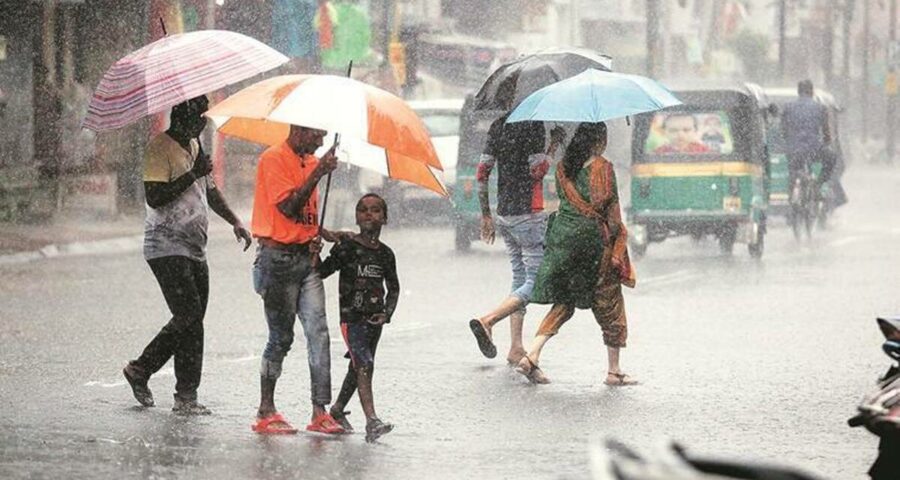The one mm of trace rainfall that the city witnessed on Friday was only the second such instance since 2010, with the last instance having been in 2014. The city’s AQI at 317, worse than Delhi’s AQI, is also the worst AQI recorded in the city this year.
Mumbai received unseasonal rainfall on Friday, making for the second instance of rainfall in the month of January in the past decade. Generally, Mumbai does not receive rain during January, however, it did not help improve the city’s air quality. With a hazy sky, Mumbai’s Air Quality Index (AQI) remained in the “very poor” category for the second consecutive day, at 317.
The one mm of trace rainfall that the city witnessed on Friday was only the second such instance since 2010, with the last instance having been in 2014. The city’s AQI at 317, worse than Delhi’s AQI, is also the worst AQI recorded in the city this year.
Meanwhile, several parts of Maharashtra received light to moderate rainfall on late Thursday night. Light winter showers were reported across Mumbai and neighbouring areas between late Thursday evening and early Friday morning. The India Meteorological Department’s (IMD) Santacruz observatory recorded trace rainfall (less than one mm) on Friday.
The IMD has forecast cloudy weather, light rainfall and thunderstorms in the city till Saturday. Officials at Regional Meteorological Centre (RMC), Mumbai, called the rainfall at this time of the year uncommon, particularly for Mumbai. “The rainfall is mainly associated with the easterly winds,” said an RMC official.
An active easterly wind indicates that there is abundant moisture brought in over the land from the Bay of Bengal, leading to thunderstorms.
The IMD has forecast cloudy skies and light rainfall till Saturday over interior Maharashtra and Konkan under the influence of active weather systems over the state. A trough running between coastal Karnataka and Maharashtra, along with another trough between the east Arabian Sea and north Madhya Maharashtra, have together made the weather conducive for thunderstorms in January, as per IMD officials.
The districts which will continue to experience light showers and lightning till January 9 include Palghar, Pune, Thane, Raigad, Sindhudurg, Ratnagiri, Dhule, Nashik, Ahmednagar, Sangli, Satara and Kolhapur.
Minimum temperatures in the city will continue to remain above normal and the trend will change after January 14. Meanwhile, day temperatures across the state will also remain normal, as per IMD officials.
On Friday, IMD’s Santacruz observatory recorded minimum temperature at 23.4 degrees Celsius, which is 5.9 degrees above normal, while the Colaba observatory recorded minimum temperature at 23 degrees Celsius, which is 3.4 degrees above normal.
Source: Read Full Article


